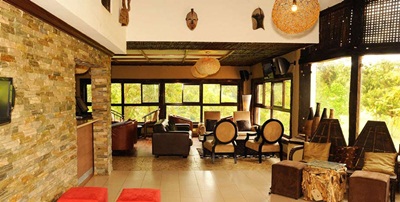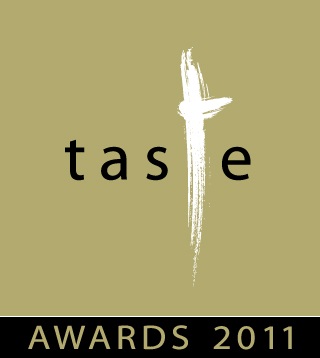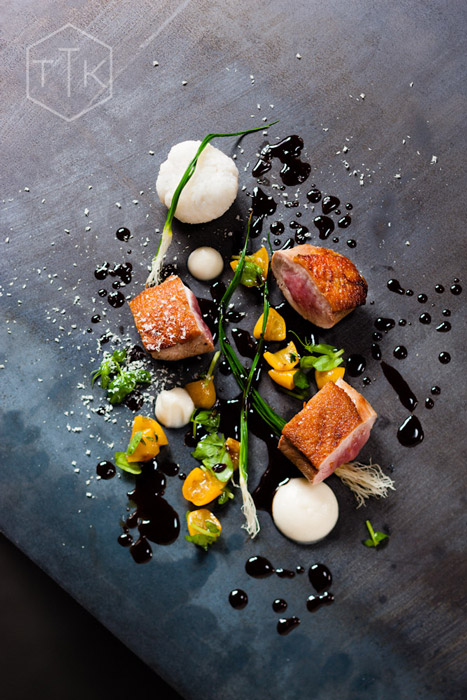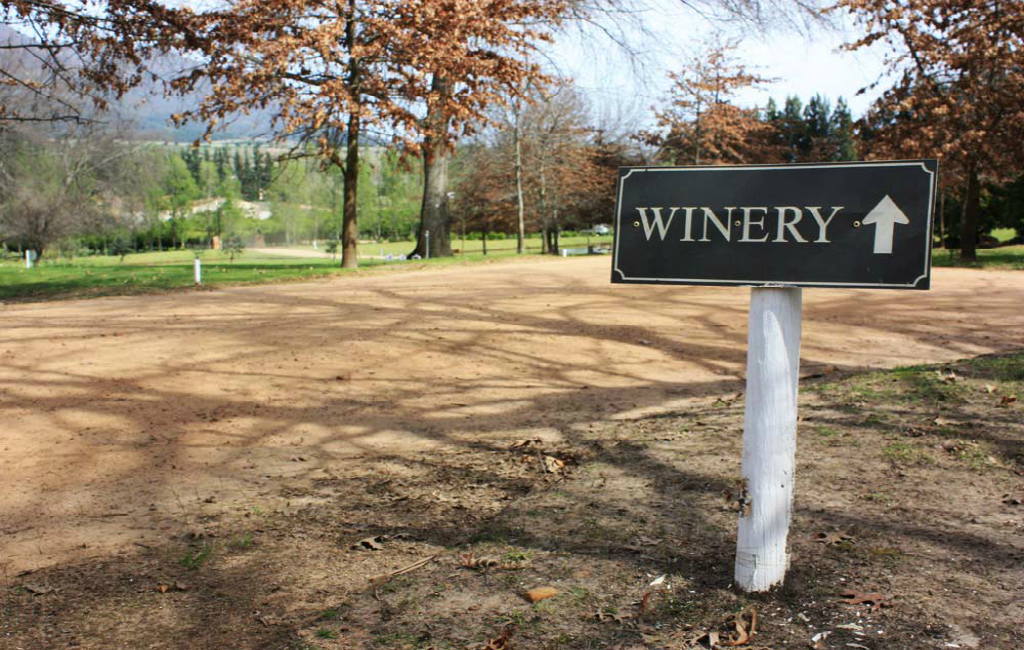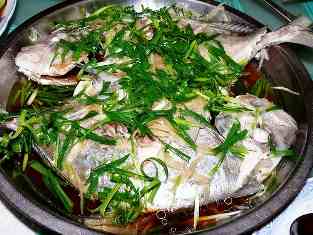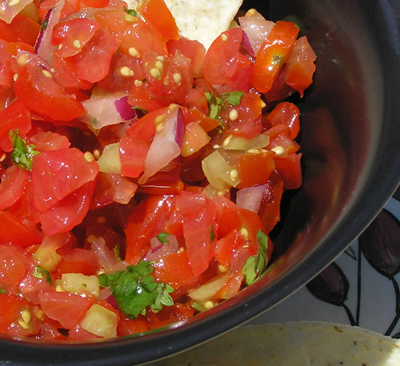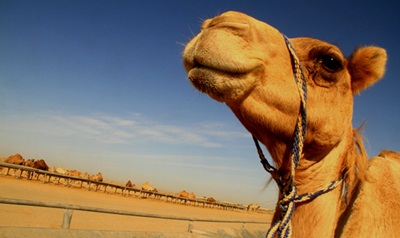

By ChicaMod Editor
I first encountered camel milk during a sojourn across the deserts of Kenya. The desert women made us tea out of camel milk; it was such heavy, beautiful tea, a joy to the palate. That’s the only way I can describe it. A few weeks after that, the healing properties of camel milk interested me when a Somali friend of mine fell ill. Her sister brought her a bottle of camel milk to drink. They both had an unshakeable belief that after downing a glass of milk, the ill girl would be good as new. So I started researching it. They say that camel milk is an acquired taste. Saltier than regular cow’s milk, camel milk is closer in component to human milk than cow’s milk is. This is a great thing; camel milk is an actual whole food. Nomads have been known to survive the harsh conditions of the desert for weeks based on nothing but camel milk. It contains potassium which helps the body retain water. It is up to ten times richer than cow’s milk in iron, and three times richer in vitamin C. Camel milk is teeming with antiviral properties, as well as antibodies, immunoglobin, anti-inflammatory properties, fatty acids and vitamin B. Although scientifically unproven, many men swear their remarkable virility to camel milk. People with various allergies have found that camel milk goes down well in their system. In my research, I came across Vital Camel Milk Ltd, the world’s first dairy plant which processes camel milk and value-added products as health food. They began operations in Nanyuki, Kenya in June 2005. Check their website here: www.vitalcamelmilk.com. Video Clip:Food for thought from a researcher seeking to establish the benefits of Camel Milk
Photo Credits:www.visualnews.com



